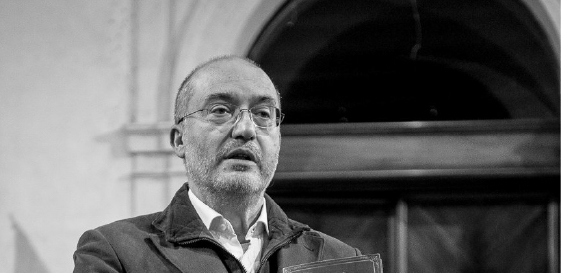
Marco D’Agostino
Underwater Archaeologist
Marco D’Agostino obtained a Bachelor of Arts with honours in 1985 at the Università degli Studi la Sapienza (Rome), following a specialisation course in Archaeology. Then, at the same university, he obtained a post-graduate diploma with honours in Medieval Archaeology with one of the first dissertations on underwater and naval post-classical archaeology written in Italy.
He became a professional underwater archaeologist in 1986, and since then he personally oversaw various archaeological excavation sites, mainly in Italy, supervised by the respective Superintendency bodies and by the Servizio Tecnico per l’Archeologia Subacquea (STAS, Technical Service for Underwater Archaeology) of the Ministry for Cultural Heritage and Activities, for which he has been a regular collaborator. Notably, he has worked in all the environments of underwater archaeology: lakes, rivers, seas and lagoons.
In addition, it was precisely in the Venice lagoon where he did the most of his scientific work, including multiple protection interventions, excavations and surveys. He managed to make some important discoveries: the most ancient wreck of a galley ever discovered, the structures of a Roman building of the II century A.D., still partially on elevation under water, embankment works carried out in the ancient times and other wrecks. On behalf of the Magistrato alle Acque [Italian Water Authority] of the Italian Ministry of Infrastructure and Transport, he worked to assess the archaeological impact of the major projects aimed to preserve the Lagoon.
From the academic year 2003-2004, and until 2011-2021, he was a professor of Underwater Archaeology at the University of Padua (Master’s Degree course in Archaeology).
He has dozens of publications to his credit and a monograph published by Nuova ERI – Edizioni RAI on “Submerged History”.
In 2017, he won the ISCR call for a comparative selection of two underwater archaeologists in charge of carrying out scientific activities for the MUSAS project.
He plays classical guitar and tuba, with a keen interest towards their organologic evolution.


